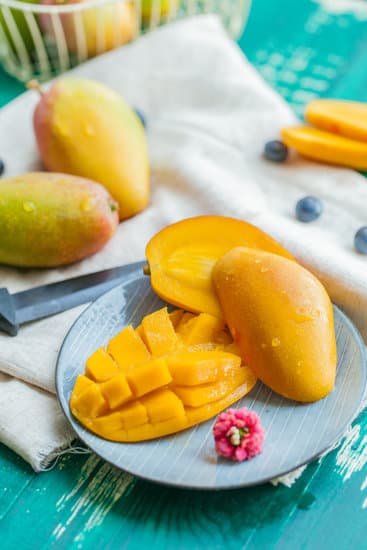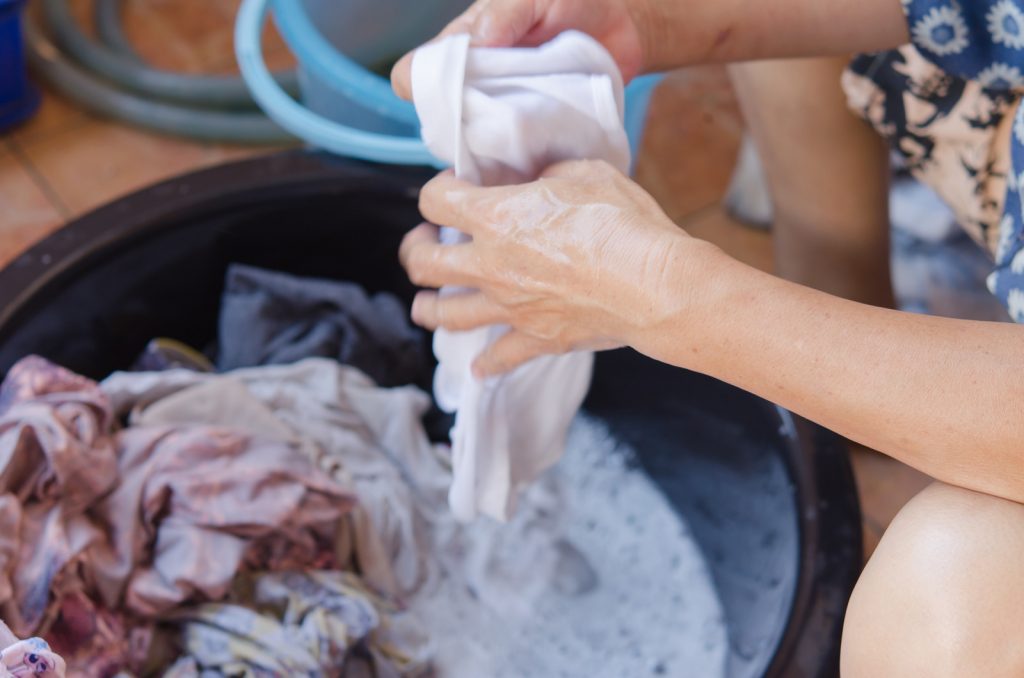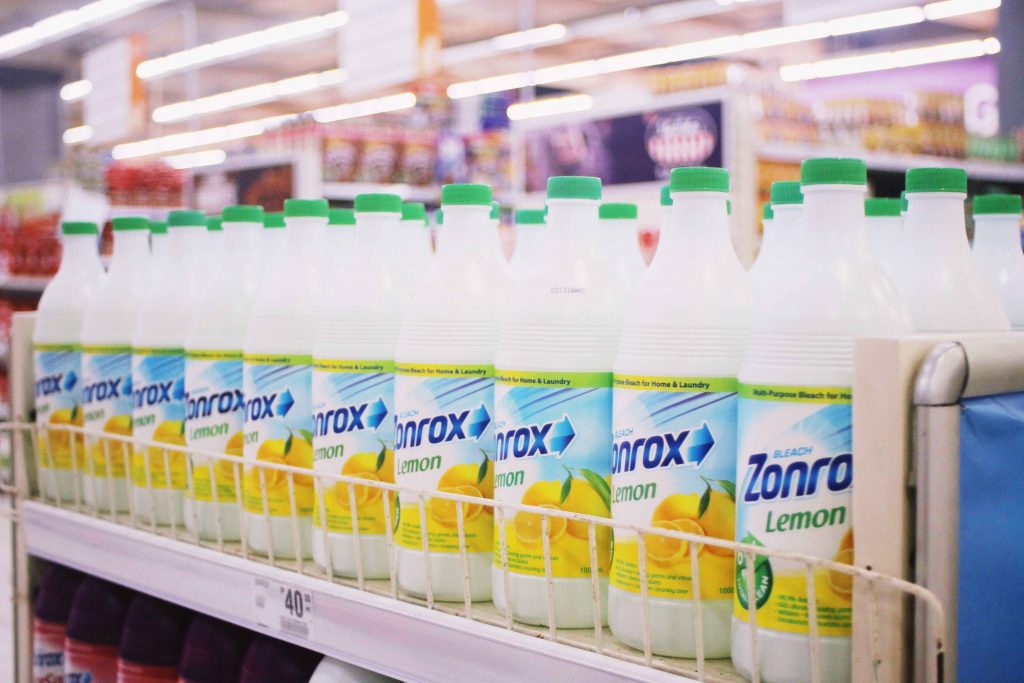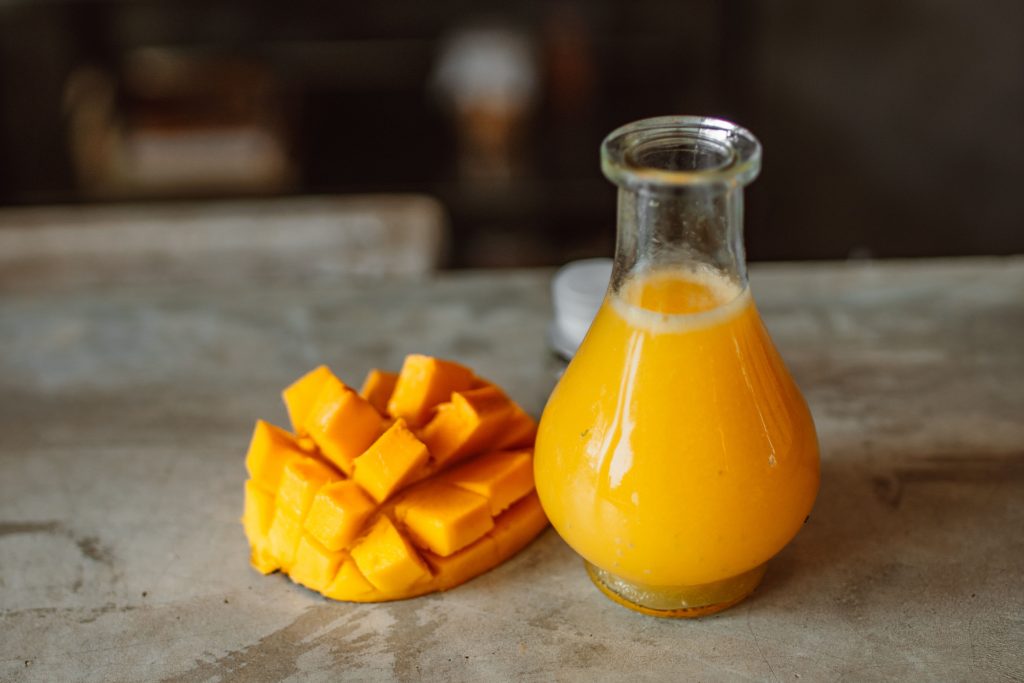
We all have our childhood memories associated with mangoes in some way or the other, be it raw or fully ripe mangoes. We never missed out on any opportunities to enjoy its delectable taste. However, we sometimes spilled the golden pulpy goodness on our clothes and worried too much about the garment getting stained.
The protein content of the mangoes makes it challenging to get rid of the bright yellow stain. But with proper care, eliminating the stain would be a piece of cake. Making yourself acquainted with all the hacks will make you carefree so that you will be able to enjoy it without worrying about the stain.
If the stain has dried out, try scrapping it off with something blunt and do so for most of it. If the stain is fresh, then do not let it dry out. If the consistency is gooey, do not spread the pulp, or you will have to put in more effort to eliminate the stain from a more considerable area. And if it’s more on the liquid side, try to dab and absorb the excess to avoid staining any other garments.
We use water to wash the clothes due to its effectiveness in seeping through the garments and cleaning them thoroughly. You can use blotting as an effective weapon to get rid of the stain. Take the stained garment and a paper towel, then wash the affected region rigorously and try to get the remains on your paper towel from the other side of the garment. The particles from the mango pulp get saturated with water and pass through the garment.

Carbonated water somehow reacts with the stains and makes it easier for the other materials to remove the stain with ease by weakening the stained region. Make sure to be generous when pouring soda into the stained area, or else it will not work effectively. Drench the garment in club soda and let it rest for one-third of a day before pre-treating the stain.
It is very necessary to pre-treat the stain beforehand to get the stain removed, irrespective of whether you’re washing it by yourself or putting it into the washing machine. Pre-treating is nothing but the direct application of certain substances that could aid or act as a catalyst in the process of restoring the clothes to how it’s supposed to be.
• Dishwashing liquids can work well on stains. Dilute the dishwashing liquid with some water before applying it to the stain, and then leave it for a few hours before rinsing it with cold water.
• You can pre-treat the stain with an oxy-bleach which is an oxygen bleach that naturally has deodorizing properties, acts as a disinfectant, and removes stains that could have oxygen-based protein in them. It is safe to use and is also gentle on the garments.

• Enzyme-based solutions are easy to get from the supermarket. They steer clear of a stain by eating out the protein present, which was the epicenter of the stubborn stain. These solutions are super effective when it comes to dealing with stains from natural substances.
• Use some water to create a thick paste out of your laundry detergent and then apply it on the stained region. Let the paste do its job, and leave it for around 45 minutes before washing it with cold water.
These are one-step solutions for removing all types of stains. Just make sure that it is compatible with the fabric or not. It saves a lot of time for you to keep repeating the steps given above, though there’s no problem if you don’t have it. If you do not have it, then repeat the process until the stains have gone entirely.











































































